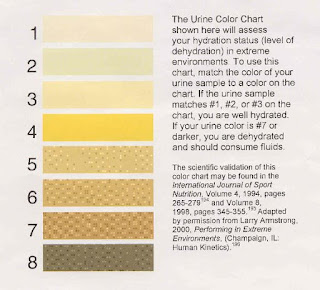Over my lifetime and also in my nutrition practice, I noticed many a grandmom or mom looking very short in comparison to their strapping children or grandchildren. Yes, height is genetic. And, yes, an average human being is taller these days in comparison to times of our grandparents. However, there is one more reason why most women appear to and actually do gradually shrink in height as they grow older and that`s primary osteoporosis.


Did you know that many women lose a couple of inches in height between 50-80 years of age because of this silent debilitator?
Osteoporosis is a condition where the Bone Mineral Density (BMD) becomes so less that the persons skeleton is unable to sustain ordinary stress and strain. Its is of two types: primary and secondary, lets explore the more common primary type for now.
Primary osteoporosis can develop in women post menopause, due to stoppage in production of the hormone estrogen. Its then called post-menopausal osteoporosis. Primary osteoporosis can also happen in women and men, due to aging, and thats when its termed age related osteoporosis.
A disorder which literally shortens you
Primary osteoporosis of any of the two types, causes loss of height due to fractures.
Example: A wedge or compression fracture of the vertebrae (spine), seen mostly in age related osteoporosis, causes actual loss of height i.e. the height loss is measurable even after one incident. Such fractures may also cause curving of the spine (kyphosis) which also add to making a person look shorter.
And, its not just lack of estrogen or advancing age which is the cause
Other causes of primary osteoporosis include excessive alcohol, cigarette and caffeine consumption, lesser than required intake of calcium and vitamin D coupled with sedentary lifestyle.
What one can do post detection
Post diagnosis treatment involves Hormone Replacement Therapy (HRT), use of bone conserving drugs and suitable dietary changes (including supplementation of vitamin D) and more.
Nothing works better in case of osteoporosis than prevention. Taking care of your diet starting right now, by consuming adequate calcium and vitamin D and also being physically active, will ensure that the older you walks tall.
The Nutrition Omnibus and A Fistful of Nutrition © Raksha Changappa. Contents of this blog post (excluding images) are the exclusive copyright and intellectual property (IP) of Raksha Changappa. This post is solely for knowledge and information of the reader. If you want to use the post contents, kindly do so by acknowledging the source, namely this blog and the author, via hyperlinks or credits. If not, no content will be copied, reproduced, republished, transmitted or distributed, in any form or means, including print and electronic media. Copyright and IP infringements will be taken seriously. For queries contact nutrewise@yahoo.com
















